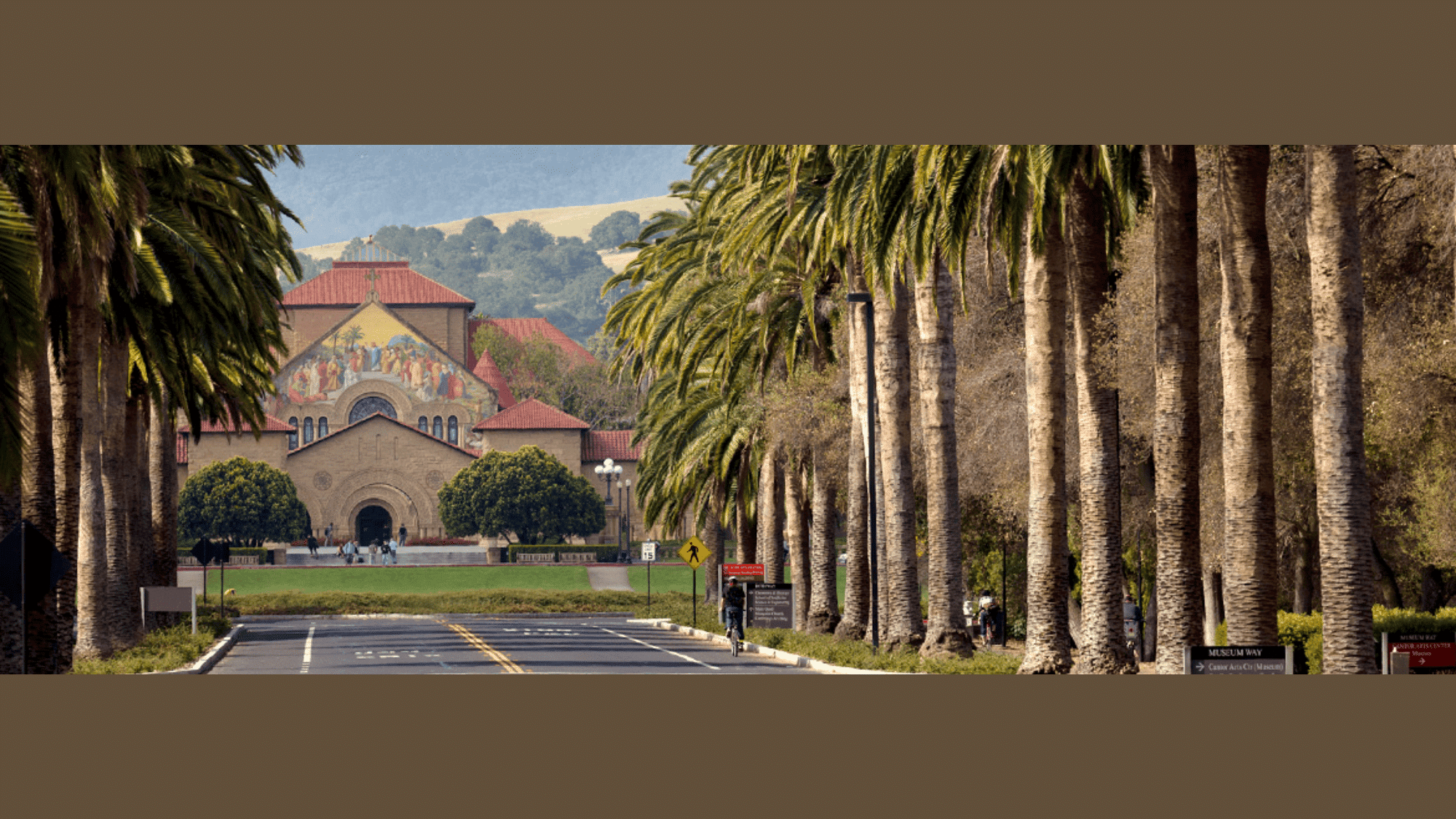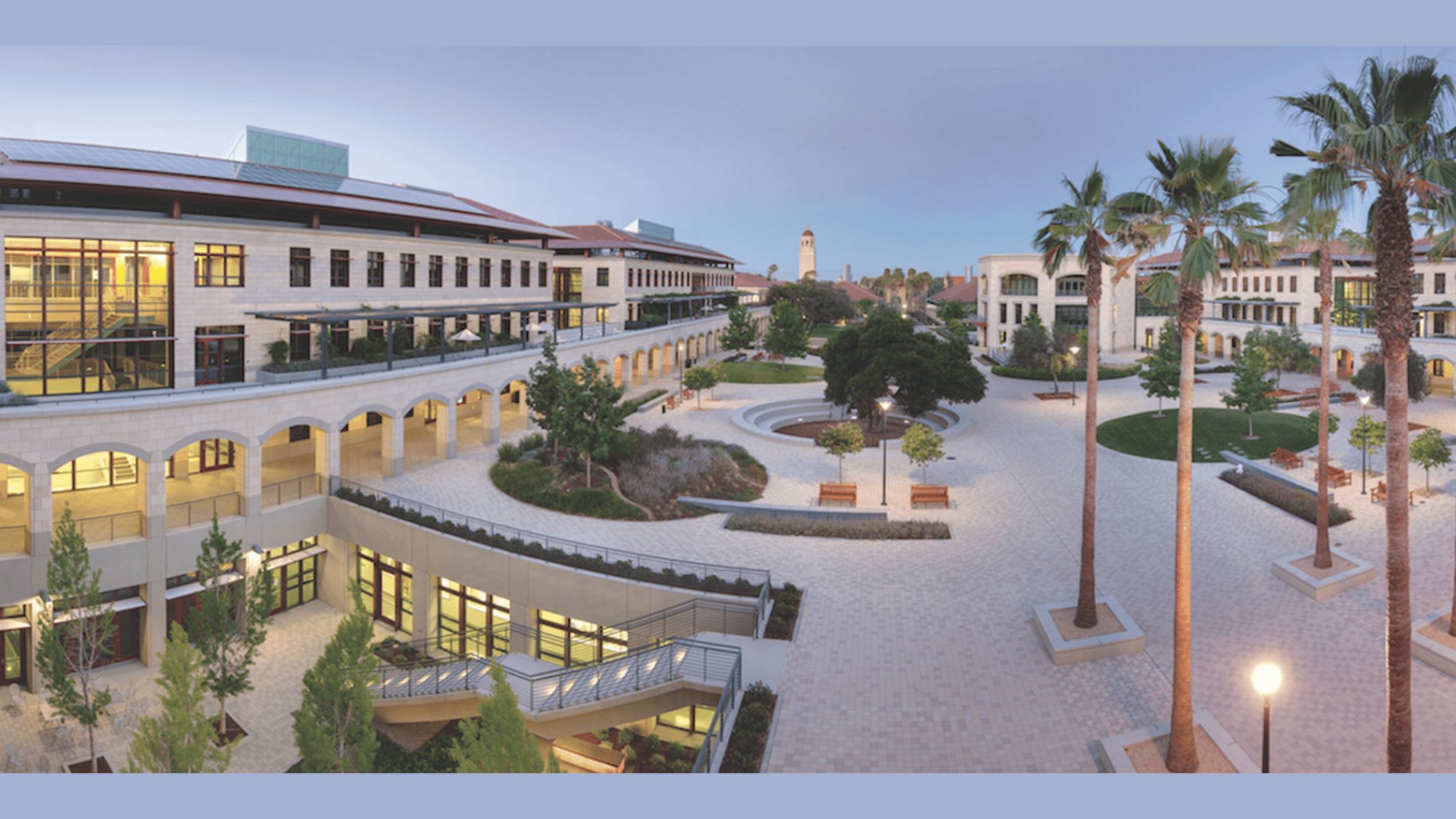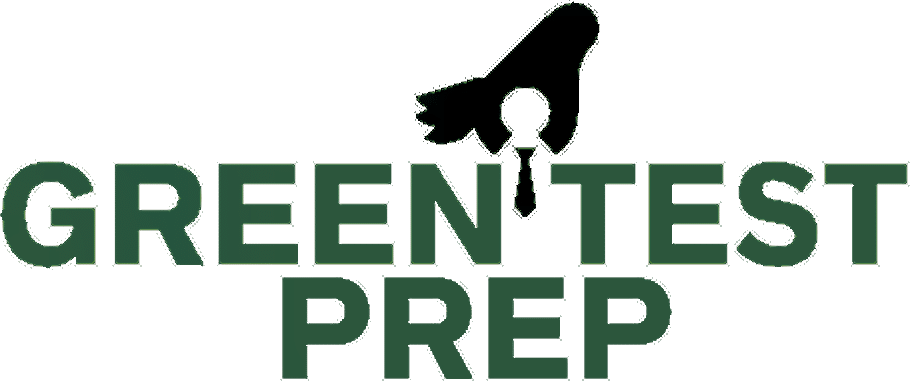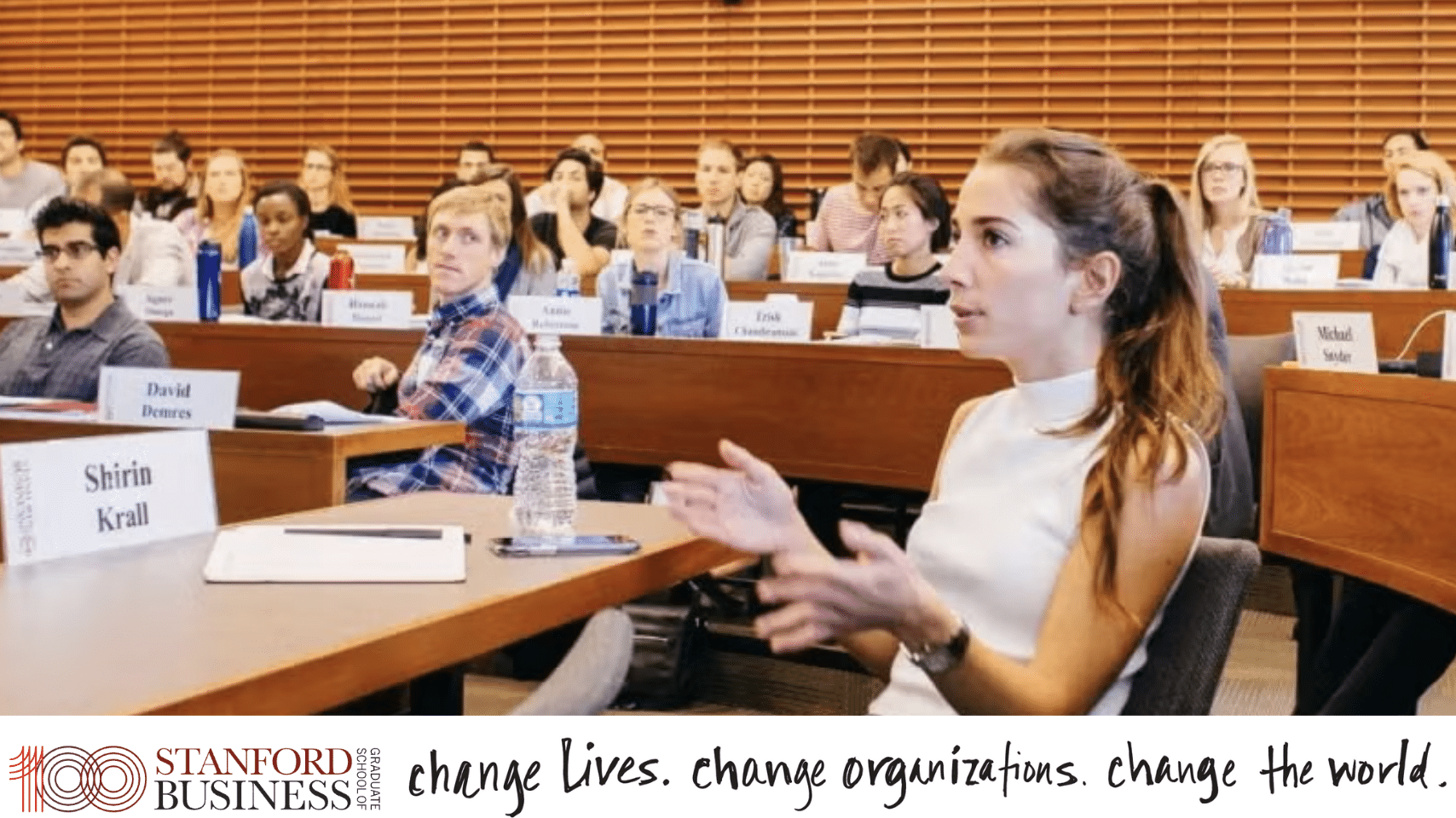Stanford Graduate School of Business stands as one of the world’s most prestigious MBA programs, making its acceptance rate a topic of intense interest for aspiring business leaders.
The Stanford MBA acceptance rate consistently ranks among the lowest globally, reflecting the school’s exceptional selectivity.
Understanding this competitive landscape is crucial for anyone wondering how to get into Stanford’s elite program.
This guide explores historical acceptance trends, comparative selectivity against peer institutions, application deadlines, and Stanford MBA cost considerations.
Stanford MBA Acceptance Rate (2025)

Stanford GSB remains the world’s most selective MBA, with its acceptance rate hovering around 6–7% in recent years.
In 2025, Stanford received around 7,295 applications for its MBA program. Out of these, about 498 to 504 applicants were admitted, which means the acceptance rate was around 6.3%.
The class size typically ends up being about 400 to 430 students each year.
What makes Stanford even more selective is its high yield rate, about 93% of admitted students choose to attend. This shows how strong the school’s reputation is and how serious applicants are about joining the program.
Overall, Stanford has one of the lowest MBA acceptance rates in the world.
It’s extremely competitive, and even strong applicants need to show more than good grades or test scores.
Historical Trends in Acceptance Rate
Over the last five years, Stanford Graduate School of Business (GSB) has remained one of the most selective MBA programs in the world.
The acceptance rate has mostly stayed between 6% and 7%, showing just how high the standards are.
| Year | Applicants | Accepted Students | Acceptance Rate |
|---|---|---|---|
| 2025 | 7,295 | 500 | 6.3% |
| 2023 | 7,300 | 455 | 6.2% |
| 2022 | 7,100 | 435 | 6.1% |
| 2021 | 7,000 | 485 | 6.9% |
| 2020 | 7,100 | 505 | 7.1% |
Note: These figures are based on estimates from admissions data and industry sources.
Even though thousands of people apply each year, only a small group is selected.
This reflects Stanford’s focus on finding candidates who not only have strong academics but also show leadership, creativity, and a clear sense of purpose.
Factors Influencing Selectivity

Stanford GSB’s ultra-low acceptance rate stems from its holistic evaluation approach that goes far beyond test scores and grades.
These key factors determine who makes the cut:
- Holistic Criteria: Stanford evaluates intellectual vitality, leadership potential, sense of purpose, and demonstrated personal impact over pure academics.
- Elite Undergraduate Origins: Approximately 50% of admitted students come from just 15 top-tier U.S. colleges and universities.
- Professional Background: Strong representation from finance, consulting, and technology industries dominates the incoming class composition.
- Leadership Experience: Candidates must demonstrate significant leadership roles and measurable impact in their pre-MBA careers.
- Unique Personal Story: Stanford seeks applicants with distinctive backgrounds and experiences that contribute to classroom diversity.
Meeting these criteria requires exceptional achievement across multiple dimensions of personal and professional excellence.
Stanford MBA Application Deadlines and Rounds (2025–2026)
Stanford GSB offers three application rounds each year. You can only apply once per cycle, so it’s important to pick the round that fits your schedule and readiness.
All deadlines fall at 4:00 P.M. Pacific Time.
Round 1
If you’re confident in your application early on, Round 1 is a great choice. It often leads to more time for planning next steps like securing financial aid, arranging housing, or preparing for a move.
Applying early can also show your strong commitment to Stanford.
- Application Deadline: September 9, 2025
- Decision Released: December 10, 2025
Round 2
This round is ideal if you need a bit more time to fine-tune your application. Many applicants apply in Round 2, and it still offers good chances of admission and access to funding.
It’s a solid option if you’re aiming to submit your best possible work.
- Application Deadline: January 7, 2026
- Decision Released: April 2, 2026
Round 3
Consider Round 3 only if your application has recently improved, maybe you received a promotion, or finally got the test score you wanted.
Keep in mind, space is limited, so the competition is tougher at this stage.
- Application Deadline: April 7, 2026
- Decision Released: May 28, 2026
Cost of Attendance and Financial Aid
Getting an MBA at Stanford is a big investment, so it’s important to know what it will cost and what help is available.
Below is an estimate of the total cost for one academic year (2025–2026), including tuition, living expenses, and more.
| EXPENSE CATEGORY | ESTIMATED COST (USD) |
|---|---|
| Tuition | $82,500 |
| Living Expenses | $37,500 |
| Books and Supplies | $1,650 |
| Health Insurance | $6,000 |
| Transportation and Other | $4,350 |
| Total (One Year) | $132,000 |
Note: This is a rough estimate for one year. The full MBA program lasts two years, so the total cost may be over $260,000.
Stanford offers generous need-based financial aid rather than merit scholarships. Students can apply for fellowships, low-interest loans, and external scholarships. The school works to make the MBA affordable for all admitted students, especially those with financial need.
Tips for Improving Your Admission Odds
While Stanford’s acceptance rate remains brutally low, strategic preparation can significantly strengthen your application.
These proven strategies help differentiate you from thousands of other qualified candidates.
- Craft a Compelling Story: Develop a clear narrative connecting your past experiences, current goals, and post-MBA aspirations with specific examples.
- Demonstrate Leadership Impact: Showcase quantifiable results from leadership roles rather than just listing titles or responsibilities you held.
- Target Competitive Scores: Aim for GMAT scores above 730 or GRE equivalents to meet Stanford’s high academic standards.
- Show Intellectual Curiosity: Highlight unique interests, research projects, or innovative thinking that demonstrates your intellectual vitality.
- Apply Early Decision: Consider Round 1 applications for slightly better odds and to demonstrate a serious commitment to Stanford.
Remember that Stanford seeks candidates who will make meaningful contributions to society after graduation.
Focus on authentically presenting your unique value proposition rather than trying to fit a perceived mold.
Wrapping It Up
Stanford’s MBA program remains one of the most competitive and expensive business education options available.
Success requires more than outstanding credentials; it demands strategic planning and authentic storytelling.
Apply during the first round for optimal consideration and begin crafting your narrative well in advance. Focus on demonstrating values-driven leadership and intellectual curiosity that aligns with Stanford’s mission.
Your application should reflect genuine passion for creating a positive impact rather than simply checking boxes.
Start your preparation early and present your most compelling, authentic self.












